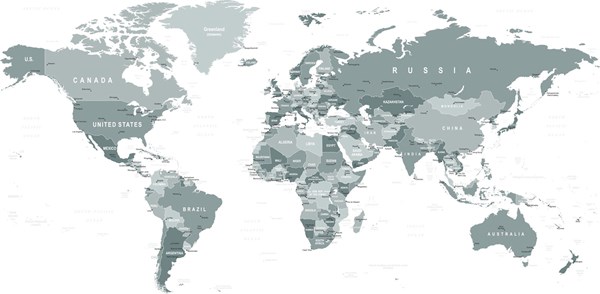Some people ask why a new influenza vaccine is created for humans every year, but not for horses. “This is because of the phenomena known as antigenic shift and antigenic drift. These are different in horses versus humans,” said Mark Crisman, a senior veterinarian with the Equine Technical Services at Zoetis.

“All influenza viruses originate from birds, and migratory birds may carry the virus, spreading it over large areas,” said Crisman. “The virus mutates in birds and may cause problems when it jumps from birds to mammals. This is how we got swine flu and other types of flu—especially in mammals that live in close proximity to birds. The real worry begins when it jumps from mammals to humans.
“The antigens, which are the surface proteins on the virus, can shift,” he continued. “This is their way of eluding the immune system and surviving/perpetuating. Every virus has its own method.”
Herpes viruses hide in the body where the immune system can’t recognize them; these viruses become latent, then come out of hiding later to cause recurring disease, such as shingles in humans or IBR in cattle.
“Influenza is different; it doesn’t stay in the body,” said Crisman. “The trick it developed is the ability to shift its outer coating. Every time these viruses circulate around the world, they mutate and change their coat so the immune system doesn’t recognize them.” The virus has a new disguise to escape the body’s immune defenses.
“In humans, the influenza virus does an antigenic shift, with a new coat/disguise,” he said. “Every year the CDC designs a new vaccine that contains what they think will be the virus strain that will hit the U.S. They acquire data about viruses circulating in the Middle East, Far East, Asia and Europe and try to determine which one they think will come here.
“In horses, we are dealing with antigenic drift, instead, which is fortunate,” he continued. “The equine flu viruses have minimal changes in their coating. The two you hear of are HA (hemagglutinin) and NA (neuraminidase). Those are the two surface proteins we find in equine influenza, and there are minimal drifts. We don’t have to change the vaccine antigens every year, but it is important to track them. here are several groups of equine influenza viruses, and we want to know if there are any major changes in those populations.
“About 16 years ago there was a shift between the European and the American strains,” Crisman noted. “These all originated from what we call the Florida strain, and they broke into two separate groups that are termed Clade 1 and Clade 2. There is evidence that the Clade 2 strain predominately circulates in Europe and the Clade 1 predominately circulates in the U.S. We’ve had no outbreaks of Clade 2 in the U.S.
“A research group at the Gluck Equine Research Center in Kentucky looked at the Clade 1 strains that we have in our U.S. vaccines to see if they would protect against the European strains, and they do,” noted Crisman. “The OIE, which is the World Health Organization for horses, is recommending that horses traveling internationally should be vaccinated with both the Clade 1 and Clade 2 strain. But our data here shows that if there is an outbreak of Clade 2 in the U.S., our current vaccines should help.”
The important thing is to keep all at-risk horses’ vaccines up to date.


